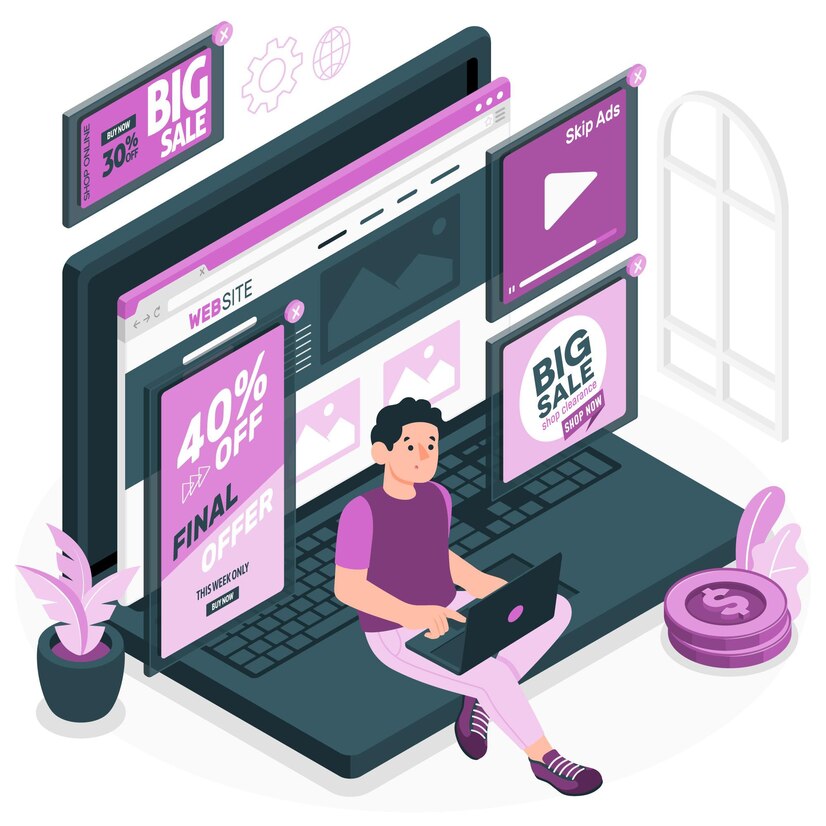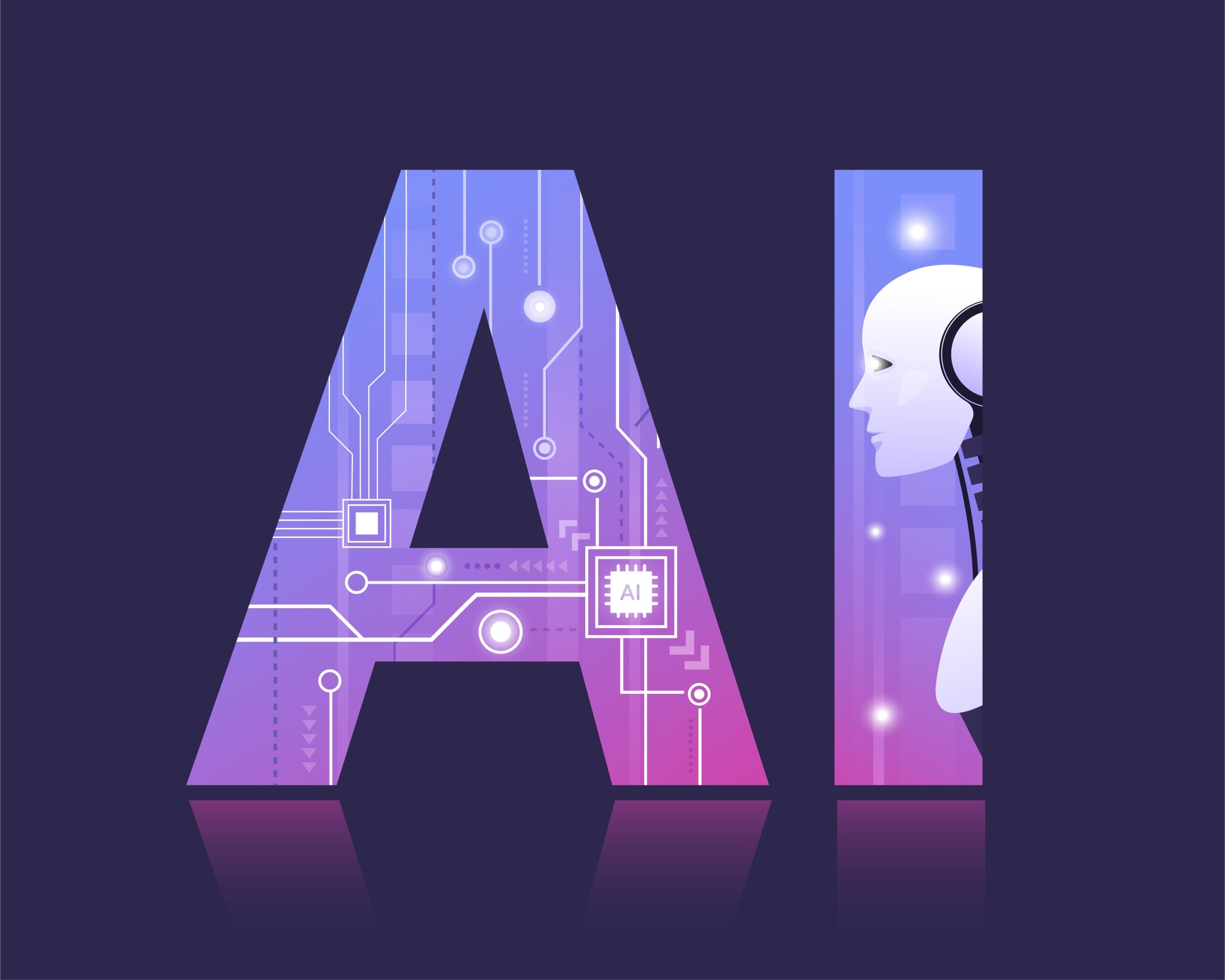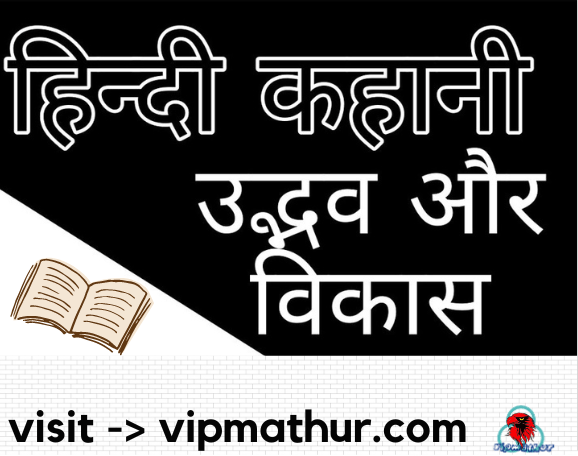Visual aids are visual materials, such as pictures, charts, and diagrams, that help people understand and remember information shared in an oral presentation. Visual aids can increase audience interest, inspire an audience to act on a cause or buy a product, help audiences remember detailed information, clarify the organization of the presentation, remind the speaker of points they intend to articulate and make a presentation more persuasive. Visual aids include objects, images, diagrams, data graphs, charts such as pie charts, and moving images such as videos. Common technologies used to share visual aids include projectors, presentation applications, and whiteboards.
To use visual aids effectively in a presentation, remember to:
- Create visual aids that parallel the order of points in a presentation.
- Use visual aids that are appropriate for the subject of the presentation and the audience.
- Use visual aids that are simple and easy for the audience to understand.
- Make visual aids large enough to be seen by the audience.
- Keep visual aids attractive through features such as colour and clarity.
In addition, practising with technology, pointing out key parts of the visual aids, and introducing background information about visual aids will help ensure that they are incorporated smoothly into a presentation.
Why Use Visual Aids
Imagine that you are going to present information to one of your classes. You’re nervous and have lots of things to say to them. You have spent so much time working on your speech that you wonder if it’s worth it to make visual aids to go with it. Why bother with visuals?
There are many good reasons to use visual aids. First, and most importantly, visual aids help your audience understand and remember information that you talk about. Remember when I had you read the plain text about the topic? It wasn’t a very effective way for you to learn that information.
Most people learn through visuals, perhaps even more so than through listening. So, a good visual aid can really help your audience understand you and remember what you said later. In fact, one study showed that 3 days after a presentation, people who only heard a speaker remembered about 10% of the information, while people who heard and saw visual information remembered about 65% of the information. That’s a lot more!
Another good reason to use visual aids is that they increase audience interest. It can be pretty boring to sit and listen to someone talk on and on about something, but having visual aids will help capture and keep people interested in what you’re saying.
Finally, visual aids can serve as notes or reminders for the speaker. When you’re giving a speech, it can be very nerve-wracking. Having visual aids helps you remember what you want to say and keeps you from going off on tangents.
How to use Visual Aids?
You’re giving a speech to your class, and you know that visual aids are important. But you still aren’t sure what to do. How exactly do you use visual aids?
The best visual aids have five things in common. You can remember these by remembering the first letter of each word of the sentence ‘Sweet Sarah always answers persuasively.’
The first ‘s’ is for ‘simplicity.’ You should keep things as simple as possible. If you want to use an image, use one that is not too crazy or complicated. If you’re making a chart, make it clear and simple. If you have too much going on, people will get confused or distracted. Remember, less is more!







